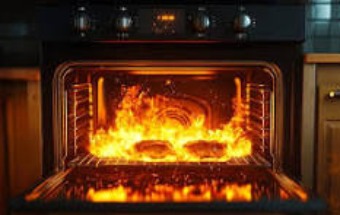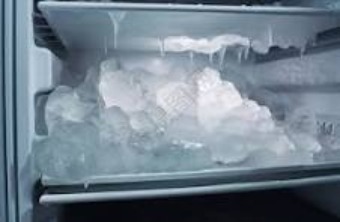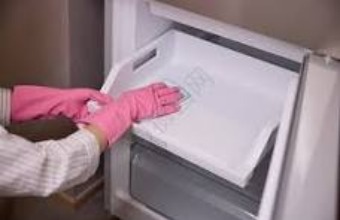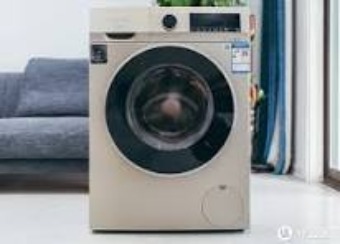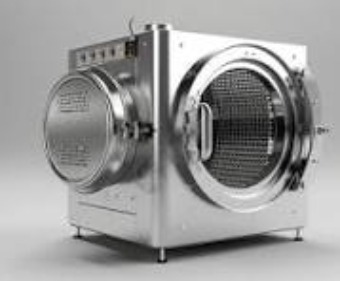Recent Comments
Categories
Author: Francine Oliver
Tips For General Appliance Maintenance
Our lives at home are made easier with the use of daily appliances. It’s important that they also need some care and maintenance to ensure they’re running functionally and efficiently. If you want more years for your general home appliance, then you need to follow through with their maintenance on a regular basis. Check out …
Most Common Gas Stove Problems
A gas stove is one of the most used appliances in the household and there’s no doubt that it willneed some repairs sooner or later. In fact, when a gas stove needs to be repaired, aprofessional is needed for the job most of the time. The good news about this kind of repair is that …
Problems That Every Oven Experiences
A broken oven can be problematic, especially if you have a family to feed. The good news is that most of these issues are a quick fix, and you don’t have to rely on dine-ins or take-outs just to eat food. You must know what these common oven problems are so that you’ll understand whether …
Cleaning Your Coffee Maker
Having a coffee maker that has been working for many years means that it will require regular maintenance and care. This is a way to ensure its performance and longevity, especially if you want your coffee to continue to taste good. To help you with this process, we have listed some ways on how you …
Things You Should Never Put in Your Oven
The phrase “you learn something new every day” is applicable to everyone – even seasoned home cooks. This is because cooks aren’t exempt from learning a thing or two in the kitchen. There are certainly some things that some people don’t know about, especially around what NOT to put in the oven. If you’re ever …
Is Your Freezer Not Freezing Properly? This Could Be the Problem
Freezer issues are very common no matter what generation of refrigerator you’ve bought. These issues make themselves known when the ice cubes aren’t freezing properly, there’s ice and frost build up, or it makes too much noise that you can barely hear the sound coming from another room. Once this happens, your refrigerator is due …
Is Your Freezer Not Freezing Properly? This Could Be the ProblemRead More
Common Causes of a Broken Refrigerator
The refrigerator is one of the most important appliances to have in our home because it prevents food from getting spoiled and reduces frequent trips to the grocery store. Just like any other appliance, they are still prone to wear and tear, which could result in long term damage if left unattended. Here are the …
Tips To Maintain Your Washing Machine
Washing machines help keep your clothes clean, and you might think that it cleans itself too? Sadly, this is not the case. The average family uses the machine for 10 laundry loads per week, and sometimes even more. Now that’s a lot of use when you think about it. With the amount of laundry we …
Maintenance Tips for Your Dishwasher
The machines we use at home undergo regular maintenance to ensure that their performance remains in a peak state. Dishwashers, on the other hand, often get neglected and they deserve some love too. Once they break down and you must wash your dishes by hand, only then you’ll realize its importance in making your life …
Reasons Why Your Dryer Isn’t Heating Up
Having dryer problems can become a hindrance to your laundry routine. This can range from having strange noises to damp clothes, which are all indications that there’s something up with your dryer. We’ll list down all these common reasons so that you’ll have a reference on which one fits your scenario. Depending on the severity, …




